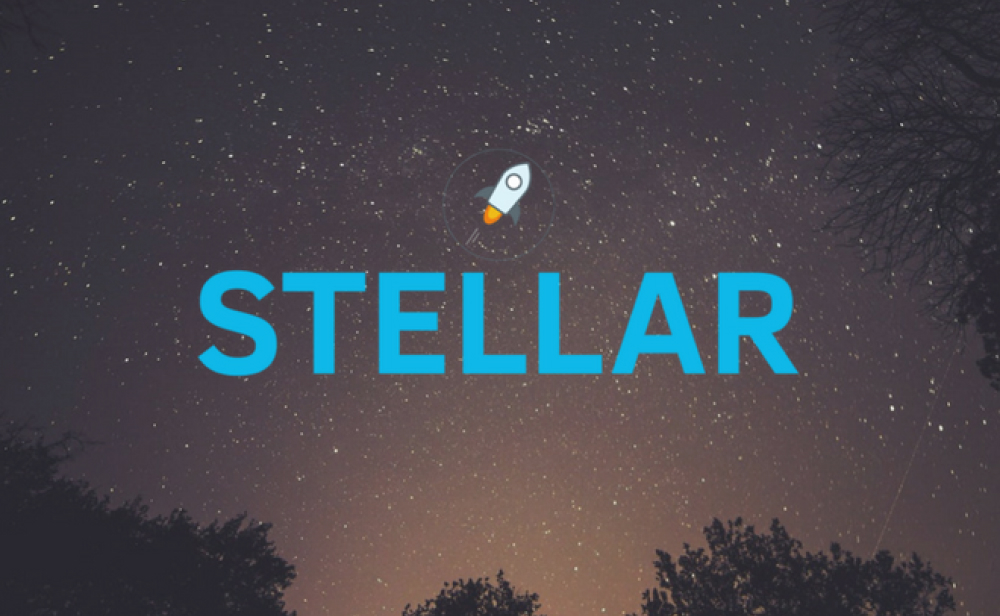
The term Stellar cryptocurrency refers to a digital or virtual currency developed by Stellar Development Foundation. The organization’s currency, which is called the lumen, is traded under the symbol XLM on various cryptocurrency exchanges. Lumens can be used by traders on the Stellar network, which is a blockchain-based distributed ledger network that connects banks, payments systems, and people to facilitate low-cost, cross-asset transfers of value, including payments.
Understanding Stellar Cryptocurrency
Cryptocurrencies are digital or virtual currencies that were developed for trading on decentralized networks called blockchains. Doing so ensured they couldn’t be counterfeited like regular currencies. It also prevented them from being double-spent.
Unlike fiat money, cryptocurrencies aren’t issued by central banks, which means governments don’t interfere in their trading activity. A variety of cryptocurrencies popped up following the success of Bitcoin—created in 2009—including the lumen.
As mentioned above, the lumen is Stellar’s cryptocurrency. There are roughly 22.5 billion coins in circulation, with a maximum supply of 50 billion. The Stellar Foundation originally had over 100 billion lumens in existence but burned roughly half of its outstanding coins in November 2019. The move caused a short-term rise in the price of XLM, though the rally quickly faded. Coin burns are controversial because they imply the kind of manipulation that decentralized systems are supposed to protect against.
Although the value of Stellar’s lumen dropped by more than two-thirds as of May 2020, it is still one of the best performing altcoins, taking the 11th spot on CoinMarketCap. The coin’s market capitalization was around $8.3 billion as of March 25, 2021.
History of Stellar
Stellar is operated by the Stellar Development Foundation, a nonprofit organization founded by Jed McCaleb. The Stellar project received initial funding from the payments startup Stripe, along with donations from organizations like BlackRock, Google, and FastForward. The organization covers its operational costs by accepting tax-deductible public donations.
In 2018, Stellar signed a deal with TransferTo for cross-border payments to more than 70 nations. It also became the first distributed technology ledger to obtain a Shariah-compliance certificate for payments and asset tokenization and was selected as a partner by IBM (IBM) for a double-pegged stablecoin project.
Stellar Future
Stellar’s primary focus is on developing economies in the areas of remittances and bank loans to those who are outside of the scope of the banking services. Stellar doesn’t charge individuals or institutions for using the network.
Stellar supports a distributed exchange mode. This allows users to send payments in specific currencies even though they may hold credits in another, while the network automatically performs the forex conversion. The receiver can withdraw their currency equivalent through a partner institute like a bank.
As a cross-border transfer and payment system that connects financial entities, Stellar aims to significantly reduce transaction costs and time lags. While Stellar works just like technologies like Bitcoin, its key distinguishing feature is its consensus protocol. The present-day Stellar is a result of a 2014 fork that created the Stellar Consensus Protocol (SCP) following which Stellar became an open-source system. Under this protocol, the transaction authentication process is confined to a select set of trustworthy nodes rather than being left open to the whole network of nodes.
Each node on the network selects a set of trustworthy nodes, and a transaction is considered approved once authenticated by all nodes that are part of this select group. This shortened approval cycle allows the Stellar network to process transactions faster and keep transaction costs lower.
Source: https://www.investopedia.com/terms/s/stellar-cryptocurrency.asp

Comments